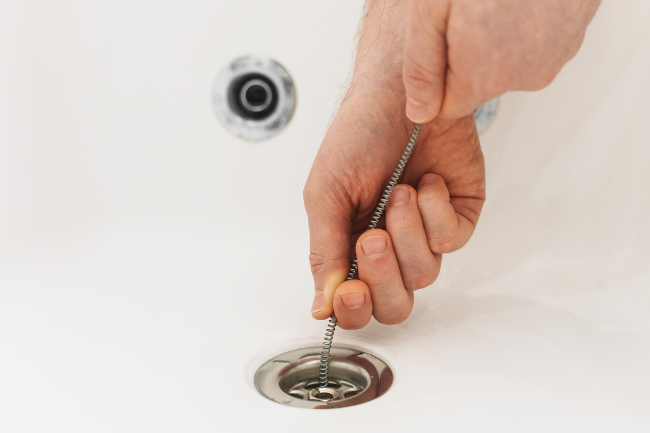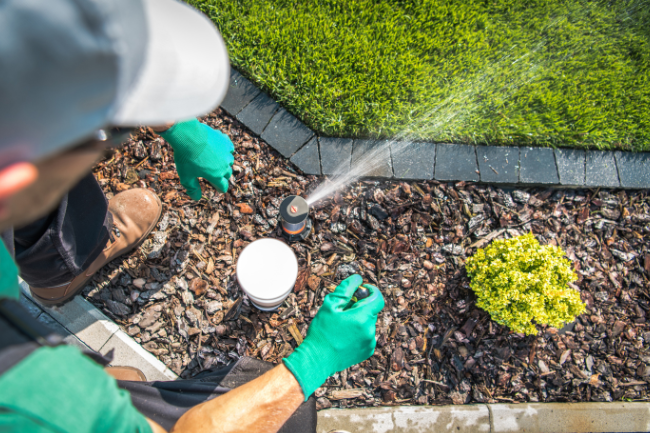Step-by-Step Guide to Installing Bathroom Tile
Posted by William Heinselman on

Installing new shower tile or replacing old tile is a DIY project that can dramatically improve your bathroom aesthetics, and add a customized flair to your home. However, the project can also be a bit challenging if you’re not prepared. In this blog, we break down everything you need to know to install new shower tile successfully, with zero hiccups and hassle.
When Is It Time to Replace Your Bathroom Tile?
Bathroom tiles play a vital role in maintaining both the aesthetic and functional aspects of the space. However, over time, wear and tear can compromise their integrity and appearance. Knowing when to replace your bathroom tiles can save you from bigger issues down the road. Here are key signs it's time for an upgrade:
- Cracks and Chips: Damaged tiles not only look unsightly but can also create sharp edges, leading to potential injuries or water seepage.
- Loose Tiles: Tiles that wobble or detach from the surface indicate underlying adhesive or subfloor issues.
- Persistent Grout Stains or Mold: If cleaning doesn’t remove stubborn stains or mold, it’s often a sign that moisture has penetrated beneath the tiles.
- Outdated Style: If your tiles feel outdated and detract from the look of your bathroom, replacing them can instantly modernize the space.
- Water Damage: Peeling, warping, or discoloration are signs of water damage that may require new tiles and a repair of the underlying issue.
Replacing bathroom tiles when these signs appear can improve safety, enhance aesthetics, and increase the overall value of your home.
5 Steps for Replacing Your Bathroom Tile

Step 1: Materials and Tools You’ll Need
The first step in installing new bathroom tile is making sure you have all the necessary tools and materials for the job. The following are all essentials for laying beautiful, new ceramic tile in your bathroom and shower:
- The tile itself, plus extra!
- Grout and grout float
- Thin-set mortar
- Wet saw
- Starter board
- A level, screwdriver and tape measure
- Sanding block
- Spacers
- Sponge
- Waterproofing membrane
- Shower backer board, if old/existing board must be replaced
Once you have all the necessary materials, the next step in installing new shower tile is preparing your shower walls.
Step 2: Preparing the Work Area
Remove any old tile carefully and inspect the cement backer board behind it. Old or damaged backer boards should be replaced before moving forward; the backer board is essentially the actual wall of your shower, while tiles form a more attractive cover layer. Replacing backer board may require the help of a professional plumber.
Next, use a waterproofing membrane or kit to prevent water damage to the board and other nearby surfaces. Liquid membranes can be applied like paint with a roller.
Step 3: Measure Shower Dimensions and Lay the Tile
With the shower walls waterproofed and ready for tile, the next thing you should do is take accurate measurements of your shower’s walls, and dry lay tiles to gauge the final dimensions of the tiled wall. Determine if there are any slants or angles in your shower surfaces, such as in the floor, and account for these when laying tile.
Dry lay everything on the floor or another flat surface and determine how many tiles or panels are necessary for your shower.
Step 4: Setting the Tiles
With the desired layout and accurate measurements, you can start to actually lay the new tile. Start from the bottom and work your way up, beginning with the second layer of tile - cuts along the floor-level tile may be necessary if the floor is sloped even slightly. Use a starter board to ensure all tiles are level during installation.
Apply thin-set mortar to the cement and start placing the new tile, making sure it stays level with the starter board. Try to prepare enough mortar for half an hour of work, and apply it in vertical sections. Use spacers as you work your way up the wall to maintain consistency. Also, be careful not to go overboard with mortar, and clean out excess with a screwdriver or similar tool. Once hardened, it becomes much more difficult to remove.
Now that a majority of your wall’s tiles are in place, it’s time to cut extras for the very bottom layer of tile. Determine how big each piece should be, and note any changes or unleveled surfaces along your floor. Cut each piece with a wet saw to ensure a clean, flawless cut. Use a sanding block to give cut edges the same look and feel as uncut tile, and set the tile using a layer of mortar.
Once your shower wall tiles are set in place, you can start setting the floor in much of the same process. It’s important to work on the floor last, so as to avoid stepping on drying tiles during installation.
Step 5: Apply Grout and Finish the Job
After about 24 hours of setting, your new tile should be hardened and ready for grout; if your tiles need longer to dry, give it time. Grouting too early can cause individual tiles to shift, and this ruin an otherwise flush wall. Apply the grout and use a grout float make sure all borders are filled, and keep a sponge on hand to wipe down tiles as joints are filled. Once the grout dries over several days, pat yourself on the back and enjoy your new, freshly tiled shower.
Need Help Renovating Your Bathroom?
Renovating your bathroom by installing new tiles can be a rewarding DIY project that not only enhances the beauty of your space but also adds value to your home. By following the steps outlined in this guide, you can tackle the task with confidence and achieve professional-looking results. Remember, preparation is key—having the right tools and materials, as well as understanding the process, will help you avoid common pitfalls.
Whether you're updating outdated tiles or addressing damage, this project is an opportunity to express your personal style and create a bathroom that truly reflects your taste. If you find yourself needing assistance updating the plumbing in your bathroom, don't hesitate to reach out. Happy tiling!
Topics: Home Plumbing, DIY







